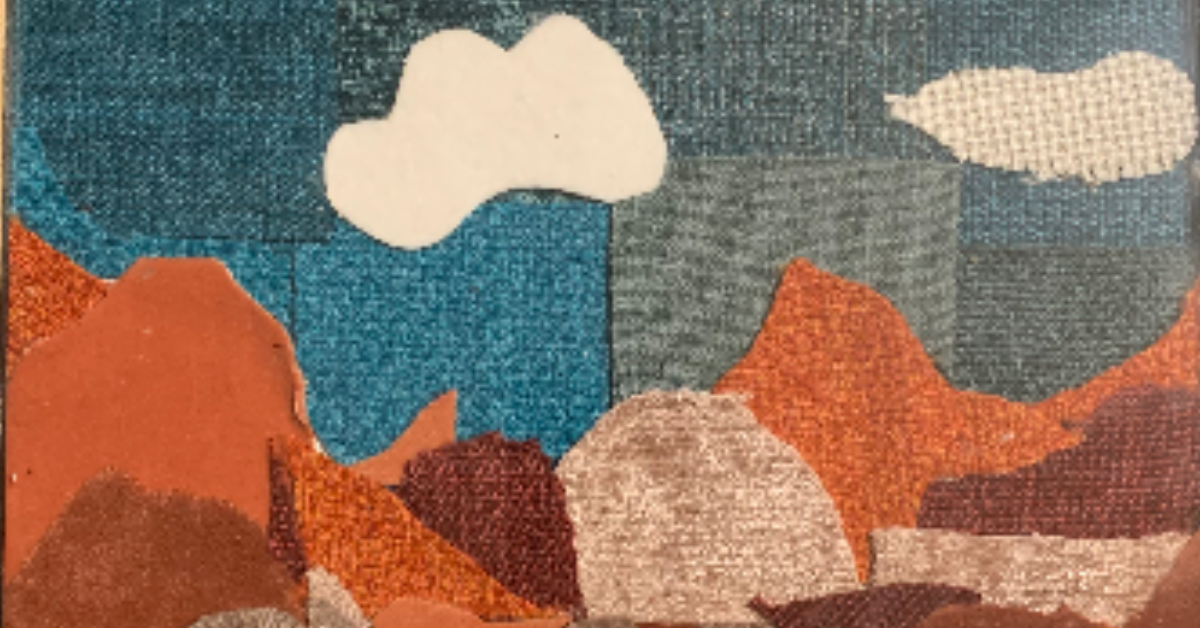I love thrifting. It elevates shopping to a treasure-hunting adventure. I love creating a unique wardrobe and satisfying my frugal nature with great deals on quality clothes. And there’s always the chance you could find a ridiculously valuable item for next to nothing. My ultimate score was a vintage Hermès silk scarf for $1.90!
These reasons alone would be enough to hit the thrift stores on a regular rotation, but the real win is the environmental impact of buying second-hand. A plain cotton T-shirt, made unsustainably, uses about 2700 gallons of water, and that doesn’t even include the printing, packaging, and transporting of the finished shirt. That’s one person’s drinking water for 900 days! Growing and processing cotton into textiles depletes soil, introduces pesticides into the earth, and often involves vulnerable and impoverished populations that are exploited for labor.
Producing synthetic textiles uses about 8,000 different chemicals, many of which are released into fresh water supplies through the dying process and even through subsequent laundering by the consumer.
We all have to wear clothes, but we don’t have to buy into the toxicity of fast fashion. While reducing overall consumption is the first key to a more environmentally responsible lifestyle, a close second is reusing and repurposing the things we already have. Thrifting is one of the best ways to do this. We can donate the clothing we no longer wear to keep it out of landfills, and choose to replenish our wardrobes with second-hand purchases.
Higher quality clothes are available in a thrift environment at much lower prices than one would pay for the cheap “disposable” fashion at online marketplaces, big box stores, and malls. And the clothing we find in thrift stores has likely been broken in and any changes to the fit caused by laundering have already happened. As an added bonus, you won’t be wearing the same thing as everyone else! To add even more fun, try to recreate outfits from fashion magazines using thrifted clothes.

By thrifting, we reduce the demand for clothing production, easing the burden on the planet. We also save significant amounts of money and keep our spending within our local economy. The real cherry on top is that most thrift stores partner with charities, so your shopping and donations have a ripple effect in your community.

If you’re already an avid thrift shopper, keep up the great work! If you are new to thrifting, check out your local thrift shop or church basement, and see what treasures you can find. You can also join a local Buy Nothing group through social media or start a seasonal clothing swap with your friends. My absolute favorite jacket came from a backyard swap.








